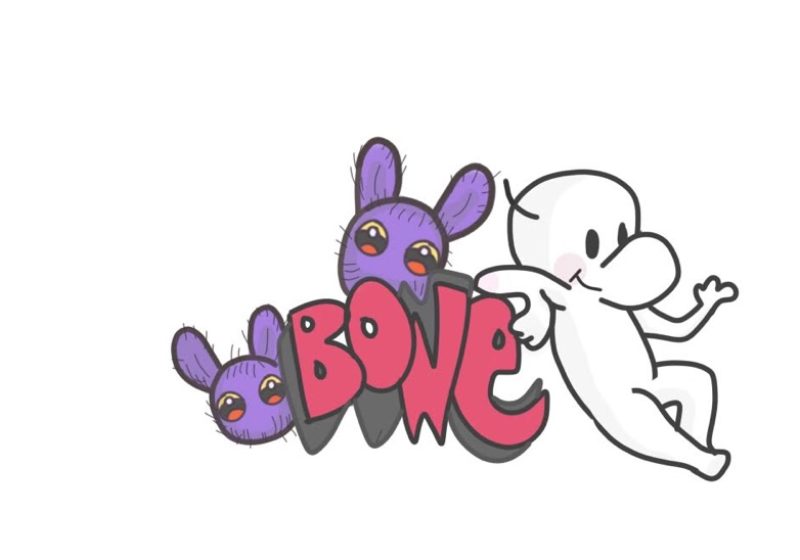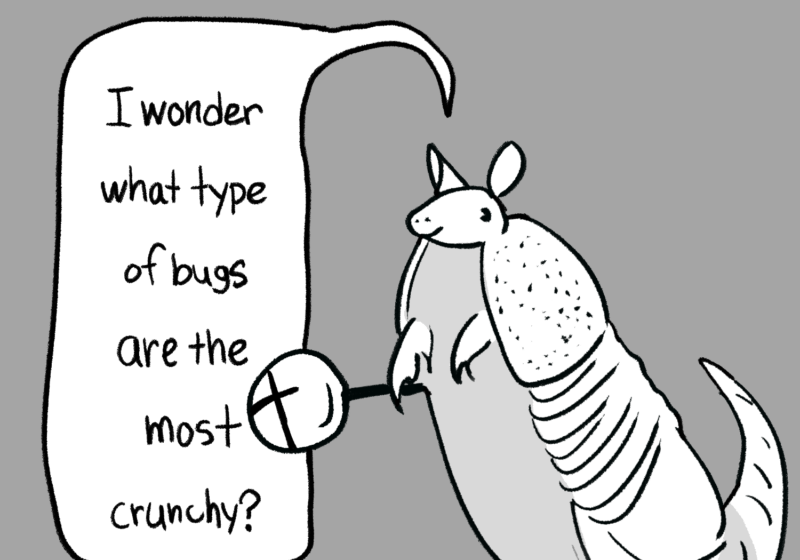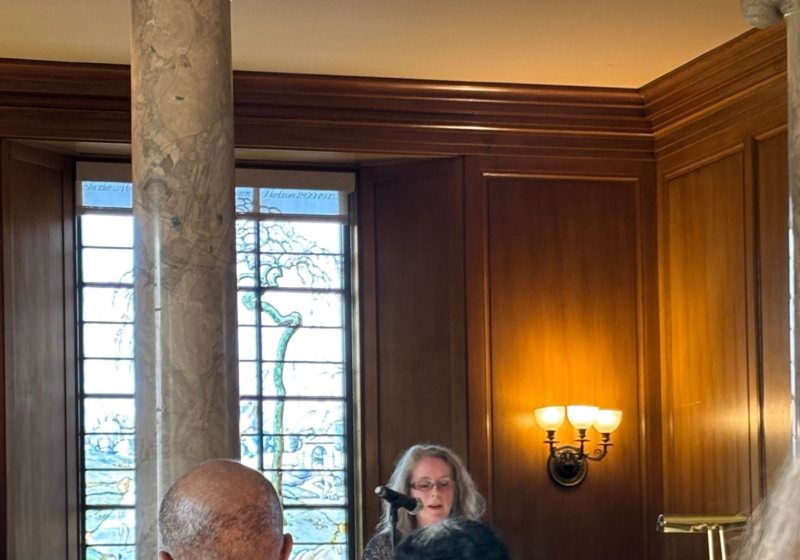When I finished re-reading all of Jeff Smith’s graphic novel saga “Bone,” I was sad. Usually, when I finish a book, I’m glad to be done. The more books I finish, the more I can slip into conversations so I look smart.
So it is rare for me to be sad when I finish a book. This has only happened a few times, all of them years ago. Yet it happened again over winter break after re-reading “Bone”, which I had remembered reading in my elementary school days.
Back then I read the books in the nine color installments distributed by scholastic. This time I read the full, black and white collection of all nine books. The books are just as funny, sweeping, and touching as when I was a lad.
Bones aren’t quite people, but rather uniquely cartoon organisms. The story begins with three Bone cousins — the good-natured Fone Bone, the greedy Phoney Bone, and goofball Smiley Bone — lost in the desert. They wind up in the Valley, a land of humans, dragons, and “rat creatures.” There, Fone meets Thorne, a resourceful young farmer he instantly falls in love with. Other characters include Gran’ma Ben, Thorne’s grandmother with a Popeye chin and a strong left hook; Lucius Down, a gruff Tavern-keeper; and the Great Red Dragon. In short, it’s like three kids cartoon characters wandered into a Tolkien story.
The fantasy element isn’t just a backdrop for the Bone cousins to goof around on. The story of Valley is serious, and the stakes are real. The mystery and complexity of the Valley’s inhabitants and past is shockingly engrossing. Thorne is a fascinating hero, upright yet distinct and believable. (The sexualized way she is sometimes drawn is probably the only real qualm I have.) “Bone” took me a little over a week to read, but it achieved the epic feeling that takes “Lord of the Rings” three whole books to get to.
Yet it maintains the humor of a cartoon. The cigar-chewing Smiley Bone is a delightful clown figure. Phoney Bone, whose scheming is bizarrely endearing, seems a descendant of Daffy, Donald, or Scrooge. (Ducks. I’m talking about the ducks.) Fone Bone usually plays straight-man to the antics of his cousins, but as the central protagonist he is invaluable. What sets the Bone cousins apart from other cartoons is their psychological depth. Even with Smith’s astounding sensitivity in creating these characters, he is also a brilliant comedian. His manipulation of panels to establish rhythm and his use of framing to emphasize setups and punchlines display the brilliance that Chuck Jones and Buster Keaton had for cinema. I laughed out loud many times.
Jeff Smith does not try to keep these cartoon and high fantasy elements separate. “Bone” is a stew. The two elements are mixed together until they are inseparable. The jokes and the drama all have consequences for the characters. The humor is a part of the epic, just as the sadness and danger is. The result of this mix is that the characters feel unforgettably real. And so when I shut the book, I missed it.






